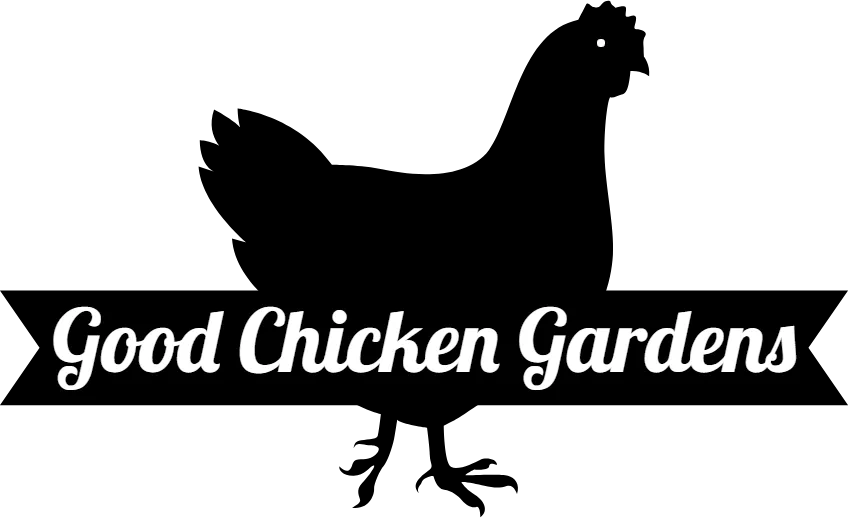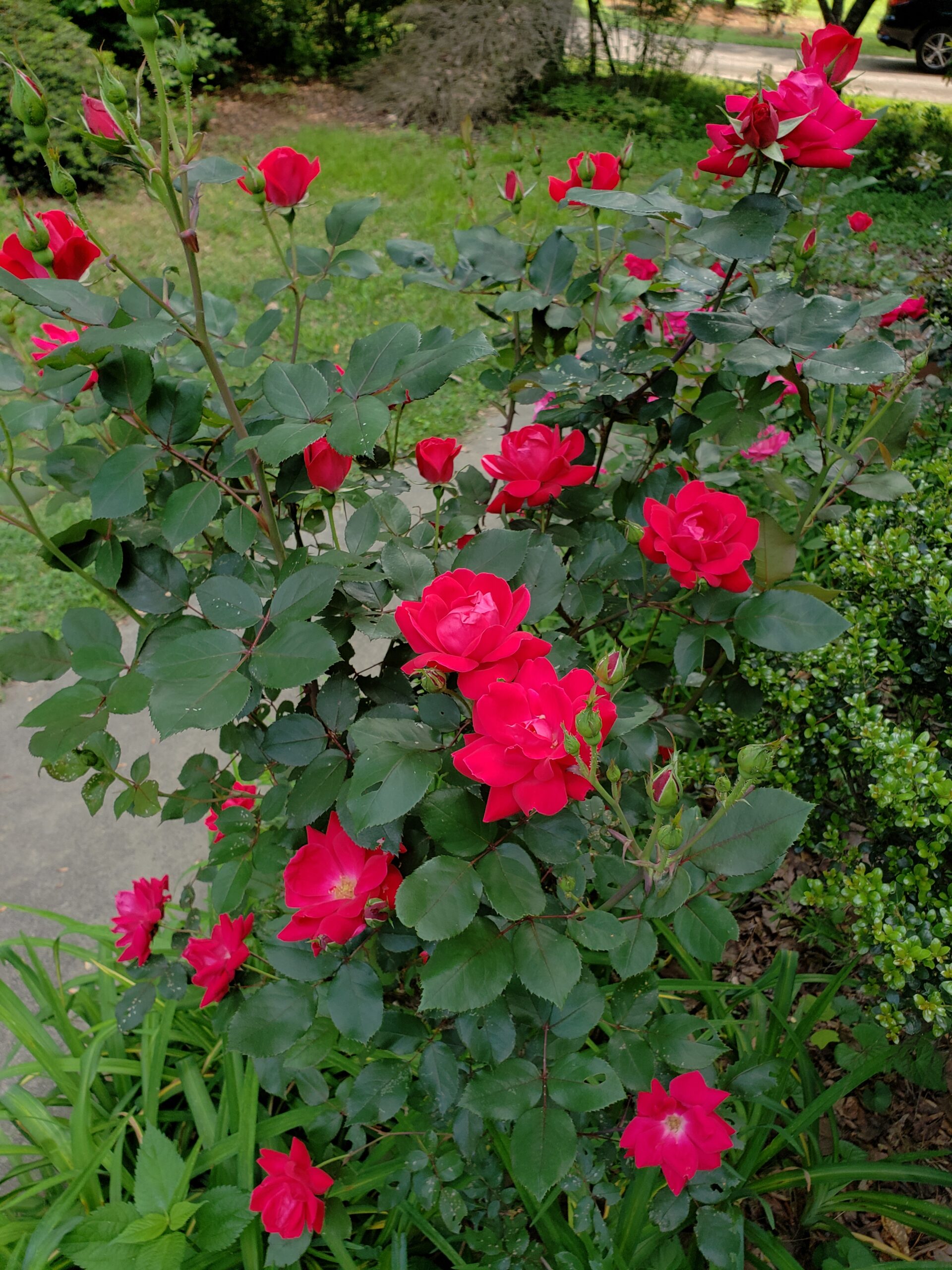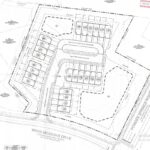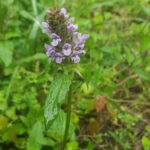Starting your first garden is the beginning of a very exciting journey, but sometimes it seems overwhelming. Whether you’re dreaming of fresh herbs or homegrown veggies, focusing on a few basics will get you thinking like a gardener.
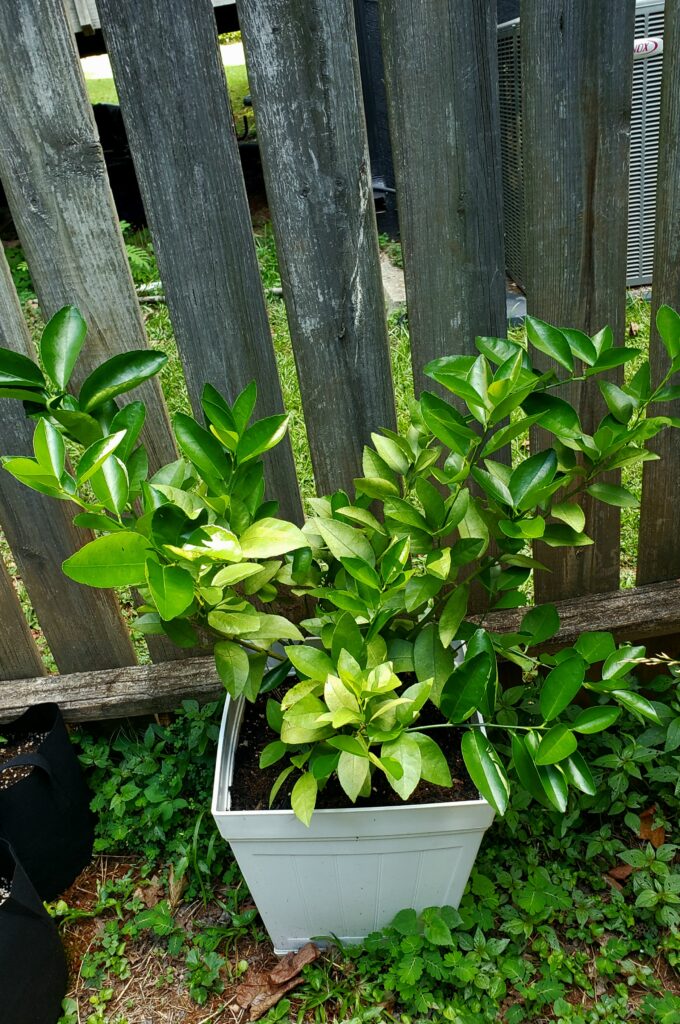
2. Water! Consistent watering is essential for all plants but the amounts they need can vary greatly. Be realistic about the time you want to spend watering your plants and design a system that works accordingly. Raised beds and containers dry out a lot faster than in-ground gardens, even here in the humid South-East! You can consider installing a soaker hose, embracing the ritual of hand-watering, or choosing plant varieties that can comfortable survive in your climate, like plants native to the region.
3. Don’t Get Too Excited! Nothing will kill your enthusiasm like putting a bunch of beautiful baby plants in the ground only to find them frozen solid the next morning. Knowing your local growing season is the best way to avoid this specific disappointment, so check your area’s average last frost date before planting. Many plants need both warm weather and warm soil to survive which means cold plants can be stunted. This can make you lose any advantage planting early might have given you. If you are interested in planting as early as possible, invest in a soil thermometer to ensure your early panting sets you ahead! This is one method I used successfully to protect my seedlings from frost.
4. What About the Ground? Healthy soil means healthy plants. Start by digging into your soil and feeling it to understand its texture. An easy way to gauge your soil type is the squeeze test: sandy soil crumbles easily, while clay soil holds its shape. Sand is going to dry out faster than clay but clay can lack nutrients plants need. Plants get their food from the organic matter breaking down in the soil so adding compost can help balance either extreme out. Local extension offices often offer affordable (or free) soil testing services to help identify nutrient deficiencies and soil pH.
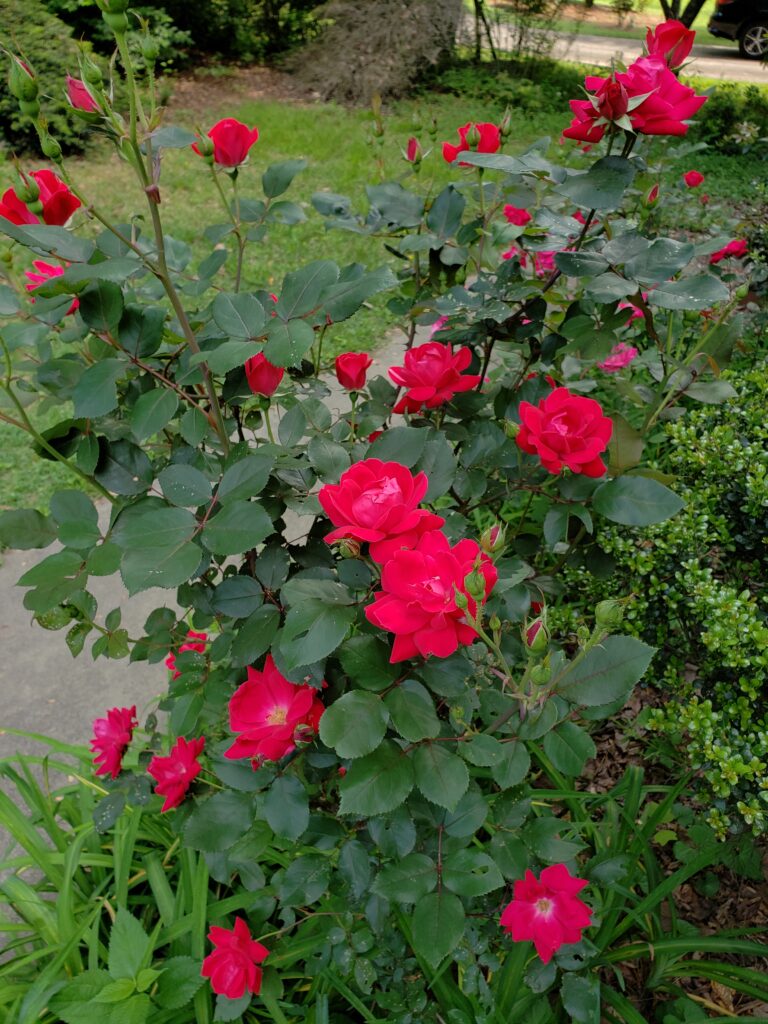
5. Don’t Forget the Gardener! When you plan your garden, choose plants that thrill and delight you! You’re more likely to invest the work needed to care for your garden if you’re growing things you enjoy being around Whether it’s vibrant flowers, fresh herbs, or juicy tomatoes, planting what you love is the entire point.
